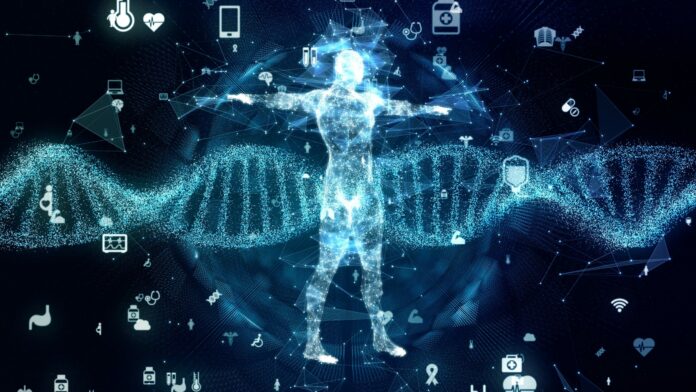Data science and predictive analytics are redefining sectors with their ability to forecast future market performance and avoid risks. Healthcare is a major beneficiary of these innovations because they contribute to the prediction, diagnosis, and treatment of diseases. Data scientists successfully contributed to forecasting the impulse and dips of the pandemic in the Covid-19 case.
A team from Colorado State University was able to predict the possible hotspots for Covid-19 transmission with cellular wireless network data, according to an article by Health IT Analytics, and these helped regions manage the risk. Trusted agencies such as the WHO and the Centers for Disease Control and Prevention (CDC) will provide disease spread databases, which are analyzed to provide insight into the journey of the pandemic.
Disease prediction may provide insights into the magnitude and pathway of the spread, which helps to plan health services, create awareness, and contain the spread. An example of organizations using data science to forecast the course and effect of diseases is the Epidemic Prediction Initiative (EPI) by CDC.
The EPI collaborates with different research teams to assemble short-term and long-term forecasts, analyze them, and provide all the data on their website. CDC collaborated with the University of Massachusetts Amherst during the pandemic to create the Covid-19 Forecast Center, which acts as a central repository of multiple research team forecasts. With a data-driven approach, health care may use predictive analytics to avoid common diseases. To create associations and provide accurate predictions, predictive models use existing data, analyze it, and interpret it. Data science also assists in recognizing the health status of an individual and takes treatment to reduce potential risks. The Spatiotemporal Epidemiological Modeler or STEM, developed by IBM, helps scientists provide computational models and tools to predict the trajectory of infectious diseases.
Data science can alter and influence how diseases are diagnosed and treated, thus helping to prevent future diseases.
A CIO report notes that developments in forecasting technologies such as Deep Neural Networks are increasingly being used and are efficient compared to conventional statistical techniques, especially innovations around Recurrent Neural Networks.
Data is today’s digital currency and will see an explosion of data generation soon. Tracking devices such as wearables will also soon see a boom, allowing infections and health problems to be identified and diagnosed before they cross the danger zone. Another development is genetic mapping, which can eliminate diseases until they arise through the detection and study of genetic mutations and disorders. Before they become lethal, cutting-edge technology such as AI, big data, electronic health records, and IoT can be leveraged to understand diseases and threats to detect and manage them.
Follow and connect with us on Facebook, Linkedin & Twitter

